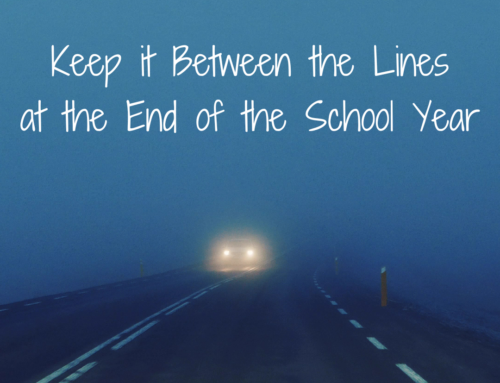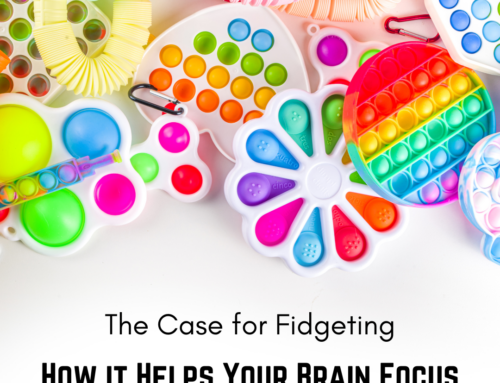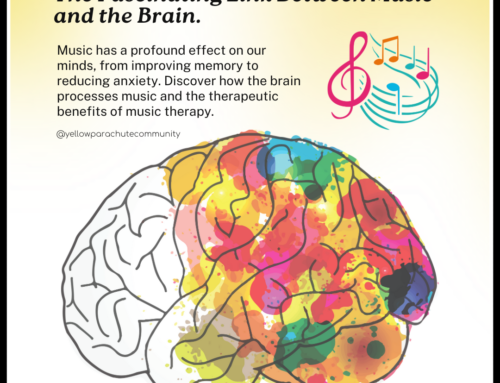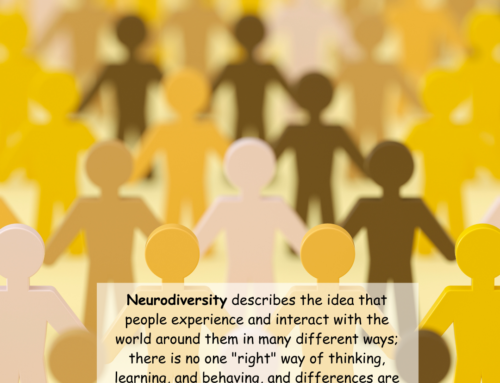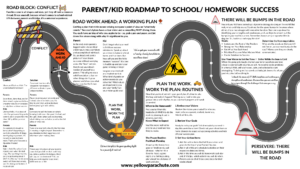I’ll say it once again: Life moves fast. We click along at a furious pace, pulling in and out of our driveways, shuffling and shuttling our kids, juggling carpools, checking on homework, fumbling through parent portals, snapping our fingers at kids (and ourselves) to pick up the pace.
And as each tick on our checklist flies by, we lose more of the space we need to weigh our decisions, reflect on our reactions, and intentionally act in line with the person we really want to be—for our spouses, partners, parents, friends, kids… for ourselves. All this moving makes us tired, drained, ragged, weary. You name it. We feel it.
It’s easy, when you’re in the middle of the rush, to feel like you’re the only one going through a situation or dilemma, and it’s easy to let a wound or worry creep up until it’s the only thing occupying your headspace. But staying silent about this extra baggage doesn’t serve you or those you love, who are trying to help. Worry loves silence, for there it can grow tall.
Worry leads to weary, but don’t let worry stop you from being who you’re meant to be. Remember, there is always hope. And we know that this is the first part of hope: banish the feeling of being lost. Find out where you are, not just where you feel—not just that weariness.
This is where connection comes in. When I think of the power of connection, my mind zooms in to last Christmas, when my family and I made cookies and delivered them to other families. It was fun, yes, and it was tasty, yes yes, but it was also a moment when we gave freely, loved freely, and in that process opened ourselves up to a more genuine connection with others.
Feeling weary feels crummy. And who wants to feel crummy? We hide it from ourselves and from others. So often, we want to be the last to show our cards—we want to shield our true selves from sight until we’re certain we’ll be loved.
But as Ann Voskamp writes, when you tell your story to another and connect, “Your bravery wins a thousand battles you can’t see because your bravery strengthens a thousand others to win their battles too.” When you reach out to a trusted friend about frustrations or worries—whether in the Alpha Studio, on the hockey arena benches, the soccer sideline, over coffee, walking to the car from Bible Study Fellowship, or as an aside coordinating carpools over the phone—you will surely find that you’re not alone. And at the same time, your buddy will realize he or she is not alone either.
This mutual sharing of a similar experience will create a connection, which will help normalize your feelings of worry, fear, doubt, shame, or worthlessness. It’ll create a deeper bond, too, which can create hope. Others have been in this place before, and we’re all still walking around. We can do hard things, and we can help each other do hard things. You may already do this naturally. Notice it. Make it a turning point in your heart to move forward. Moving the dial on a frustration is hard. But when you know where you are and where you want to go, practicing hope gets you there.
**
Okay, but how exactly can you discover where you are? And dig into who you are? What’s your most pressing question or pain point? I’ll offer 3 ways. Find your shovel by thinking about executive functioning: how our brains coordinate thoughts and actions. People have referred to executive function as the “control tower of the airport.” And how can you direct your planes if you don’t know where they are? These surveys are an excellent way to start reflecting on this aspect of yourself: one for kids, and one for parents.
Another spade you might use comes to us from licensed marriage and family therapist Rachel Moran: explore your core values. If you know what you value in life, you can make goals that aspire toward those values.
In an inspiring and thought-provoking eight-week parenting class, Judy Bandy, ADHD Coach and Educator, introduces a similar values exercise that she developed. I will take the time to do this exercise with my family during this Thanksgiving Season, to create a list of Family Core Values.
Core Values Exercise Questions
- What are three times you felt proud, satisfied, fulfilled, or felt you were your best self/selves?
- Describe those times in detail; write a complete description of your memory.
- Circle the words in your description that are important or point to what’s important to you.
- List those words on a separate piece of paper.
- Next, circle the words on the value list that are important to you. You may feel like they’re all desirable. Choose words that are very important to the core of who you are. Some of the words may be similar. Pick her word or choose your own word that best describes what is important to you.
- Add the words you listed from step 4 to the Value List.
- Now, reduce the list to 12 words.
- Reduce the list to 5-8 words.
- On a new piece of paper, list the top 5-8 words at the top and in color. If you want, add the rest of the top 12 words.
- Look at the list. Do they describe what you bring forth to your best self?
- Make decisions honoring your core values and notice the difference in your life.
Digging in deep to the heart of the matter inevitably takes us to where those values live and breathe. When you discover or rediscover your core values, you can choose how you want them to show up in your life or your family’s life. Core values offer great assistance in split-decision moments, and they can bring us peace instead of adding to the chaos. For example, if one of your core values is compassion, and you act with this value in mind, you will be more likely to find patience with the driver who pulls up to the ATM and then starts to rummage for their wallet and cash card. It’s also quite helpful in NOT imitating the grumpy voice my preteens use. If I take just 10 seconds to think about the mom I want to be for them, I’m able to be a teacher and role model instead of barking back.
**
Great. Now What? Cue The Greatest Showman’s “A Million Dreams.” (We like the one with Pink and her daughter Willow Sage Hart.)
A Summary of Steps
- Wherever you are in your journey, pause to take stock. Connect with trusted friends to process. Look around and survey the setting. Is it familiar? A place you want to be? What is one area where you want to move, grow, or get somewhere else? Remember: We can’t—and shouldn’t—change everything at once.
- Visualize your destination. Where exactly do you want to be in this area of your life, skills, or practice? Regular workouts? Healthy meals during the week? Listening without interjecting? What are the values you hold dear? Compassion, patience, peace, confidence? Stop the frantic routine to get out the door in the morning? Choosing activities wisely so your family gives its best “yes?” This could look like a conversation about your values as a family and a point to move forward in action.
- Try it out: move forward. At each decision marker, especially those surprise ones, evaluate: what is the next choice that will take me closer to where I want to be or the values I want to live out? (Truth: I just ate a juicy handful of Sour Patch Kids and a handful of Swedish Fish while writing this post. While delicious, these handfuls did not take me closer to my goal of post-Halloween sugar detox. I’ll have to plan for these temptations in the future!) Be sure to practice intentionality as well (what I should have done before eating Sour Patch Kids and Swedish Fish). Build in a pause, and weigh each decision and action carefully. As our kids get older and family calendar gets fuller, I’ve noticed that this type of coaching is particularly relevant for making family activity decisions. It’s also helpful in coaching my kids to be mindful about the decisions they make without me around—as we’re around less often for their split-second decisions with sports teams, friends, or classmates.
**
Life moves fast, yes. But we can build in the practice of hope to grow wiser rather than wearier. As Thanksgiving approaches, grab the gift of this opportunity to pause in your own quiet time. And, as a family, reflect on your values, discover (or rediscover) where you are and who you want to be, connect, and practice this life-giving sequence. It will surely take you farther than you ever imagined!


